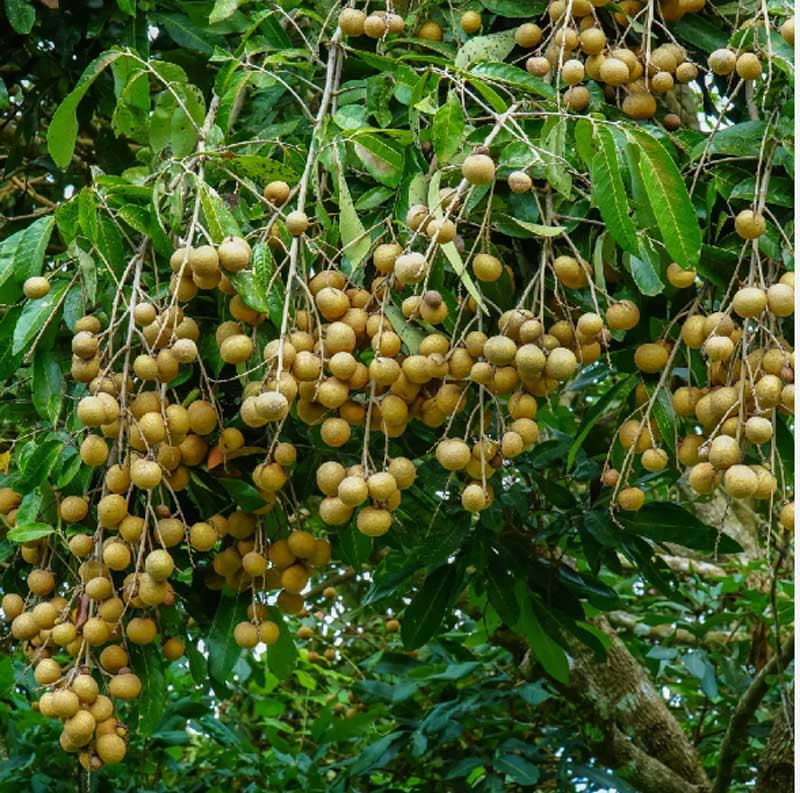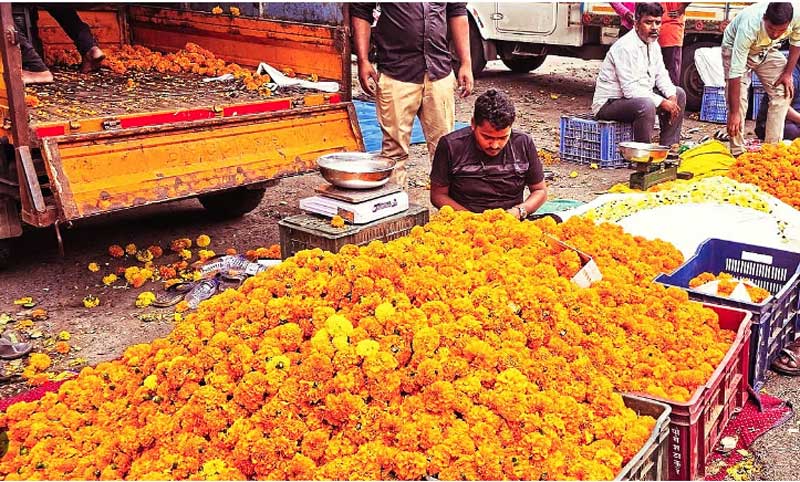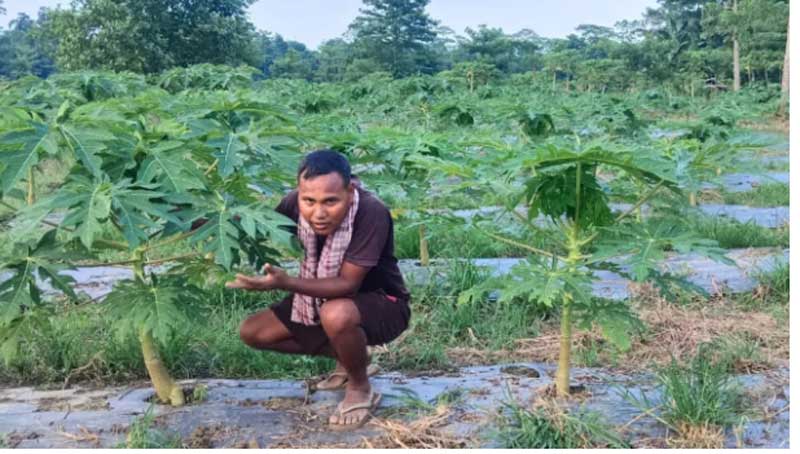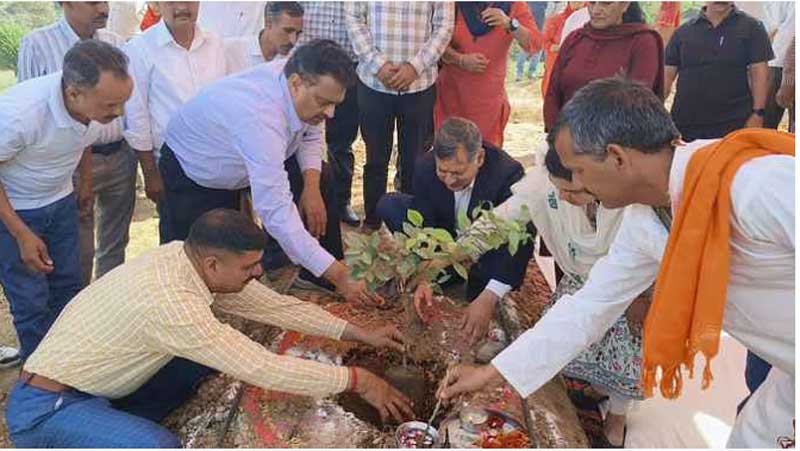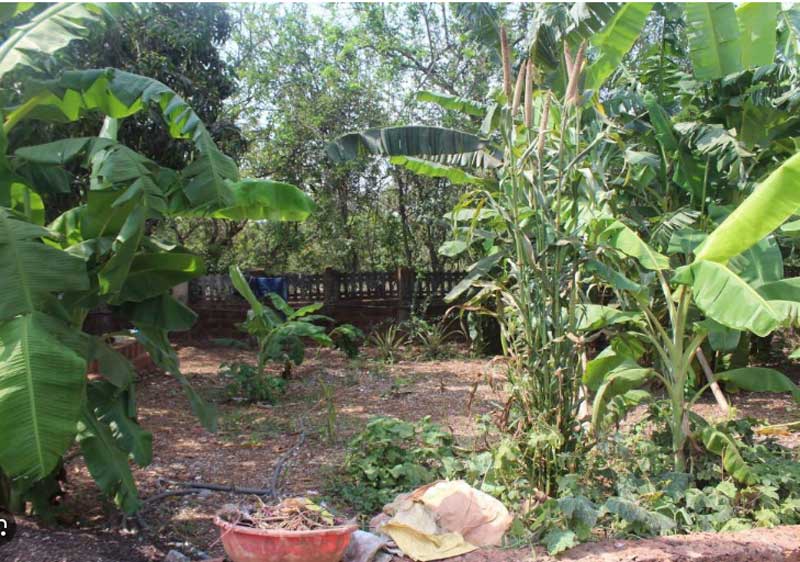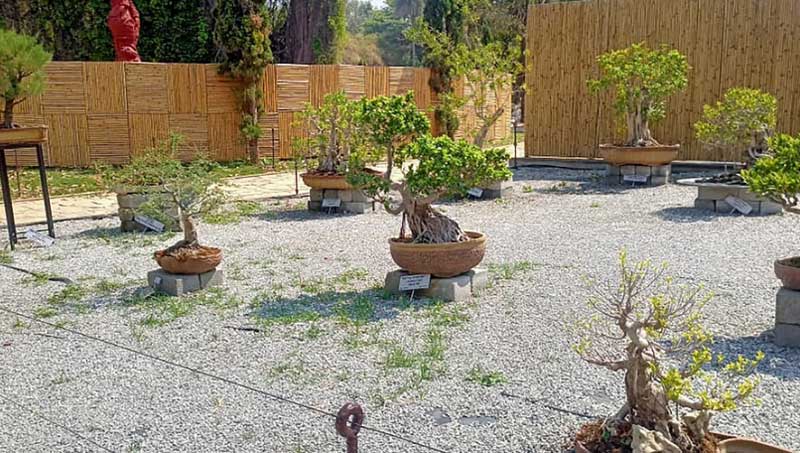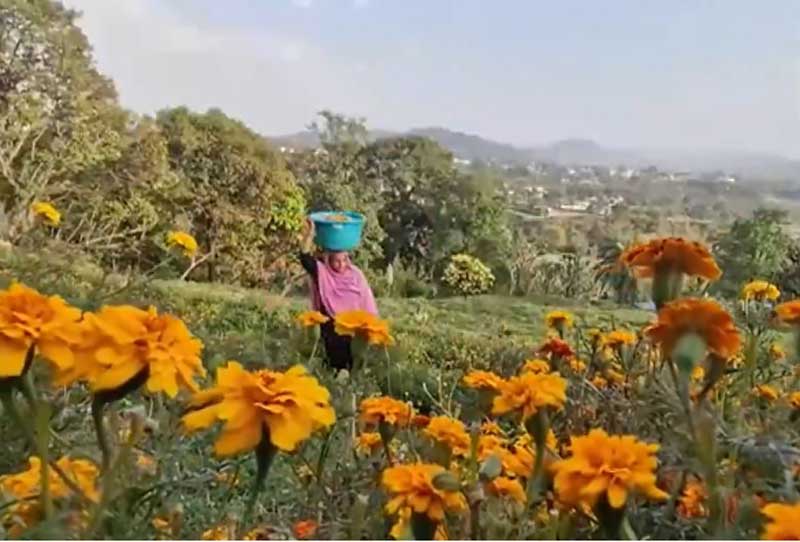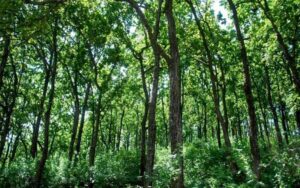10 More Areas to Benefit from Miyawaki Technique in Delhi
The Municipal Corporation of Delhi (MCD) plans to use the Miyawaki technique in ten additional locations this year in order to create micro-urban forests in the middle of crowded neighborhoods.
The decision was made after seven sites that used the method in the past two years gave positive feedback. Over 7,000 saplings were planted in a 20-month-old Miyawaki forest in Mayur Vihar 3, 10,000 were planted in a 12-month-old forest in the Dwarka A-2 block, 10,000 were planted in a six-month park in Dallupura, 22-month-old forest in Transport Nagar, 35,000 were planted in a two-month forest in Dwarka Sector 17, and 15,000 were planted in an urban forest in Dwarka Sector 17.
The Commission for Air Quality Management was recently informed by MCD officials that the Miyawaki method has been used to transform several abandoned locations into green lungs. They say that this method takes four to five years to reach tree maturity, whereas conventional plantation methods take 10 to 12 years.
An official stated that MCD has assigned the implementation of the method to the NGOs Green Yatra, which created urban forests in Navi Mumbai, south Bengaluru, and Pune.
“For the next two years, it is in charge of surveys, soil revitalization, sapling planting, and watering the area. The official stated, “MCD is not bearing any costs, but it is closely coordinating.”
The process starts with a site inspection, which includes building boundary walls, taking measurements, and soil testing. The biomass that will be mixed is chosen based on its report. The official continued, “We verify the kind of waterbody nearby and its distance from the site.”
After removing the soil from the land, the site is excavated, resulting in the creation of a one-meter trench. After that, the husk, hay, cocopeat, manure, and biomass are mixed into the soil that has been removed from the land. To facilitate plant growth, the pit’s soil is loosely distributed.
“The final step is to plant 45 saplings of 20 to 50 varieties on a 150 square foot area supported by sticks. For the next two years, arrangements are made for regular watering, de-weeding, nutrients, and re-mulching. The sites then become self-sufficient,” the official stated.
According to officials, MCD has approved two parks in the Civil Lines zone and is completing the transfer process for six additional sites in north Delhi. Additionally, benches and walking tracks are in the works. “We are focusing on the concept of urban forest because MCD has limited space and there is pressure to develop 33% of the place as a green area,” the official stated.
Karvand, muraiya, mango, lemon, kadamb, hibiscus, guava, neem, sheesham, peepal, and jamun are among the species of saplings planted. According to the MCD report, the urban forests also contained species of bees, butterflies, birds, and other insects.

